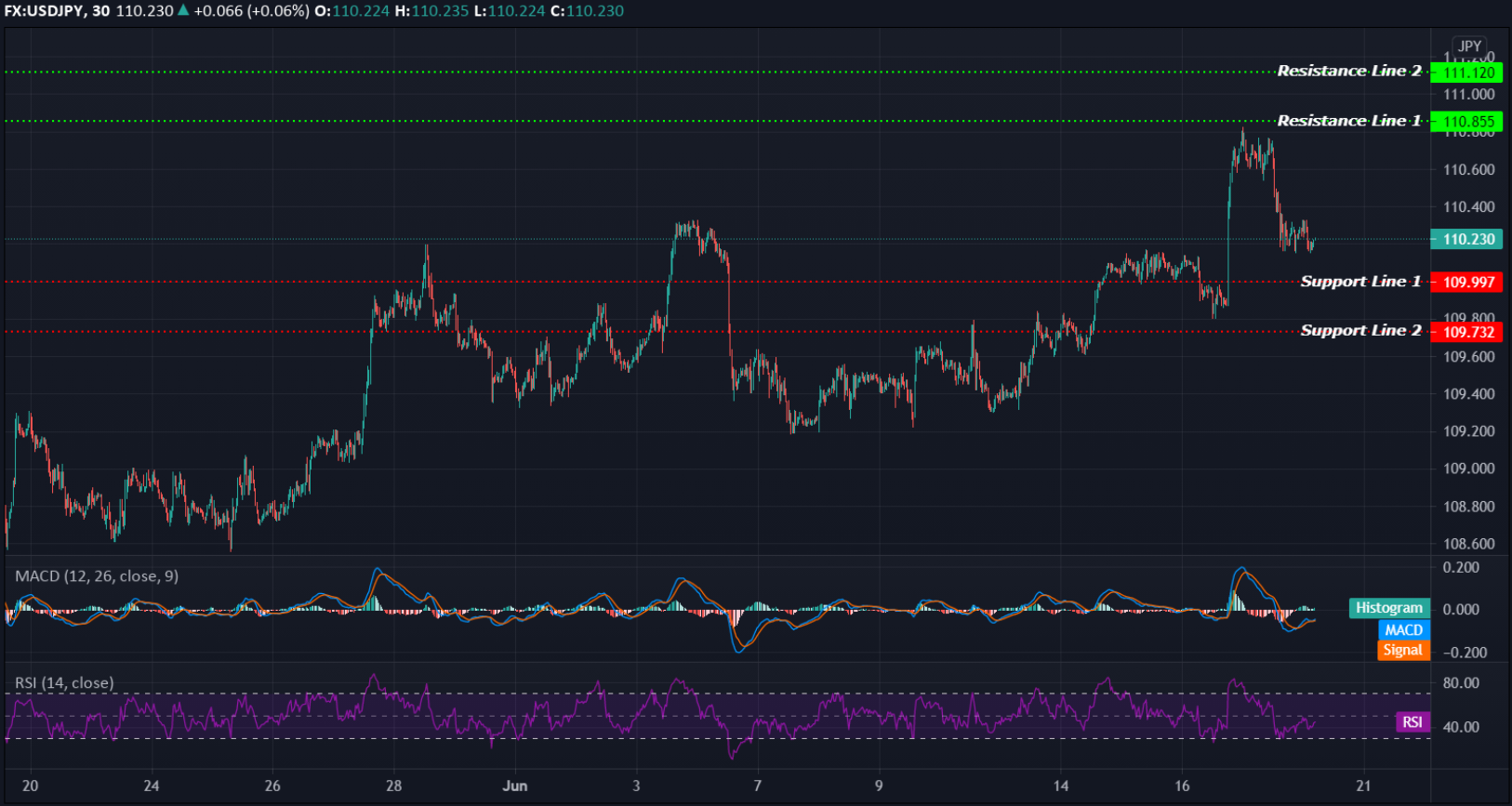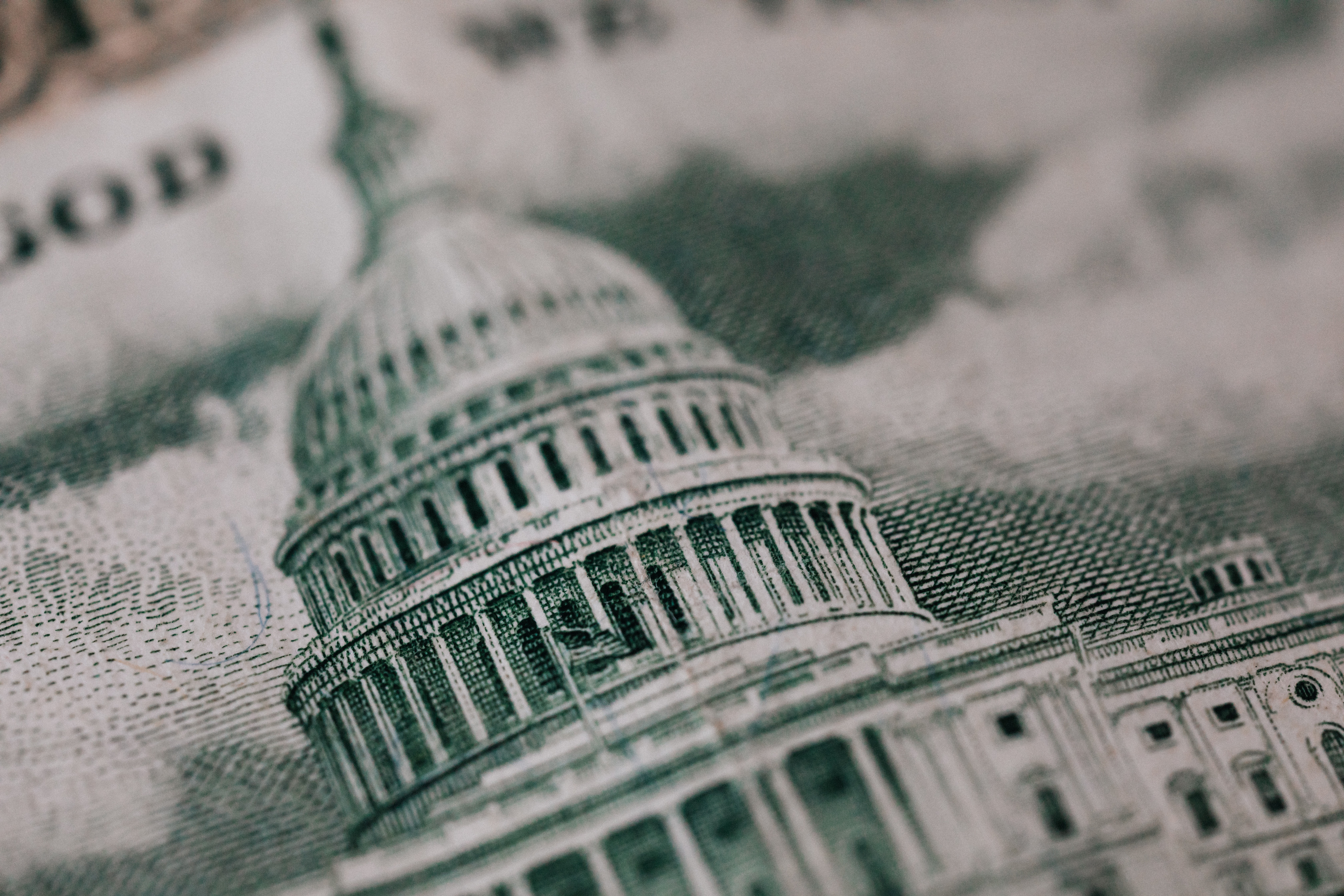EQUITIES
Shares in Asia-Pacific were mixed on Friday trade. Mainland Chinese stocks slipped, with the Shanghai composite traded 0.49% lower. Japan’s Nikkei 225 fell 0.14%, S&P BSE Sensex in India shed 0.12%, and Singapore’s Straits Times index fell 0.26%.
Elsewhere, the Hong Kong’s Hang Seng index traded 0.59% higher, the S&P/ASX 200 in Australia advanced 0.26%, and the South Korea’s KOSPI sat above the flatline.
Overnight on Wall Street, the Dow Jones Industrial Average fell 0.62%, to 33,823.45, its fourth straight lower close. The S&P 500 lost 0.04%, to 4,221.86 and the Nasdaq Composite added 121.67 points, or 0.87%, to 14,161.35, 13 points short of its record finish on Monday, though still the index's second-highest close ever.
OIL
Oil falls from multi-year highs on Friday, weighed by the stronger dollar, hike in UK COVID-19 cases, as well as concerns over demand and new Iranian supply.
Nevertheless, on track to finish the week flat.
The Brent traded at $72.45 per barrel, and U.S. crude futures traded at $70.52 per barrel.
Overnight, prices fell nearly 2% from their highest level in years, to mark a biggest daily percentage drops since May. The Brent closed at $73.08, while WTI ended at $71.04 per barrel.
CURRENCIES
Following hawkish comments from Fed officials, the dollar headed for its best week in nearly nine months. The dollar index rose to more than 2-month high of 92.010, before sat at 91.874.
A higher expectation of inflation continued to lift long-dated U.S. Treasury yields. Benchmark 10-year notes yielded 1.523%, up from a close of 1.511% on Thursday. The 2-year and 5-year notes, the most sensitive to interest changes, also saw the largest yield increases on the hawkish Fed move.
GOLD
Gold rose on Friday but is on track for a more than 5% weekly loss, and weakest since March 2020 after the Fed’s hawkish message on monetary policy lifted the dollar higher.
The spot gold advanced at $1,785.20 an ounce and jumped to $1,785.50 per ounce for gold futures. Previously closed at $1,774.00 and $1,774.80, respectively.
Silver rose 1.5% to $26.25 per ounce but was down 6% for the week. Platinum climbed 1.5% to $1,071.50. Palladium gained 1.4% to $2,548.00 per ounce but was on track for its worst week since late March following a sharp drop on Thursday.
ECONOMIC OUTLOOK
Asian shares were mixed on Friday and were set for a weekly loss. Worries about inflation and higher rates weighed on the broader market as investors continued to digest comments from the U.S. Fed projecting interest rate hikes in 2023.
The Fed new outlook for interest rates ricocheted through Asian markets as the dollar and Treasury yields surged, easing pressure on some of the region's biggest central banks and complicating the outlook for others. The expectations for higher U.S. rates tend to suck capital away from Asia, sending local currencies lower and borrowing costs higher.
Technology sector is watched today after conviction in the strength of the economic recovery and expectation of lower rates pushed investors into U.S. technology stocks overnight.
Investors also watched for commodities sector after a recent tumble in prices. Several commodity prices dropped following China’s announcement of a campaign to control raw material prices by expanding its oversight of commodity trading and pledging to release the nation’s reserves of base metals.
TECHNICAL OUTLOOK
[USDJPY]
Important Levels to Watch for Today:
- Resistance line of 110.855 and 111.120.
- Support line of 109.997 and 109.732.
Commentary/ Reason:
The dollar was flat against the yen at 110.230 after hitting an 11-week peak of 110.82 on Thursday.
The dollar is on track for a 0.5% rise against the yen.
A surge in the 10-year T-note yield undercut the yen, as the greenback had carry-over support from Wednesday when the FOMC brought forward its rate-hike forecast.
However, the yen holding the losses in place as the weight of emergency curbs eased in Japan. The PM Suga announced that authorities were lifting a state of emergency for Tokyo and eight other places, though several other prefectures still maintain. The curb set to expire on Sunday.
However, the condition still watched as fears that next month's Olympics could trigger infections rebound.
In the Bank of Japan two-day meeting, the central bank decides to keep rate targets unchanged, and extends Sept deadline for pandemic-relief programme. The BoJ also to launch a new scheme to encourage financial institutions to boost lending and investment for fighting climate change, in a surprise move underscoring the growing attention central banks are putting on the topic.















